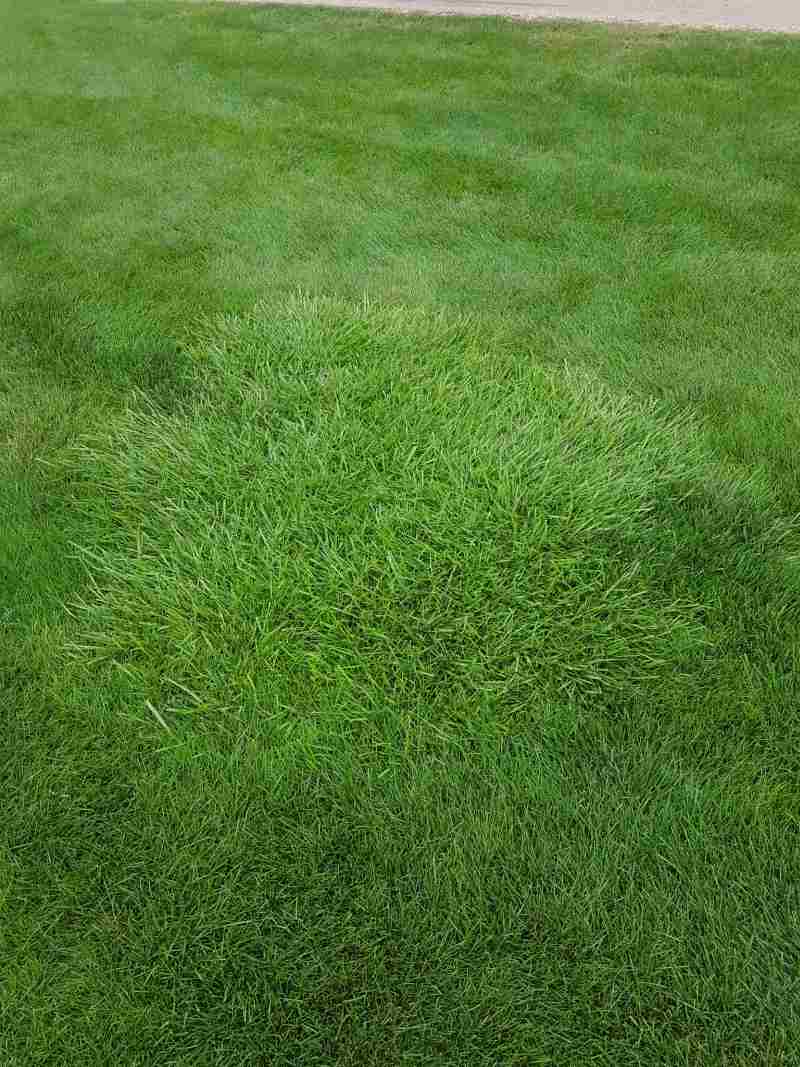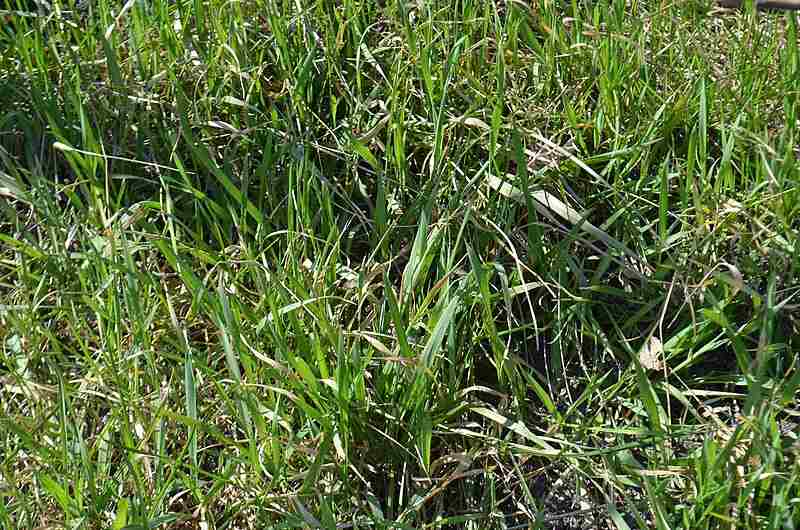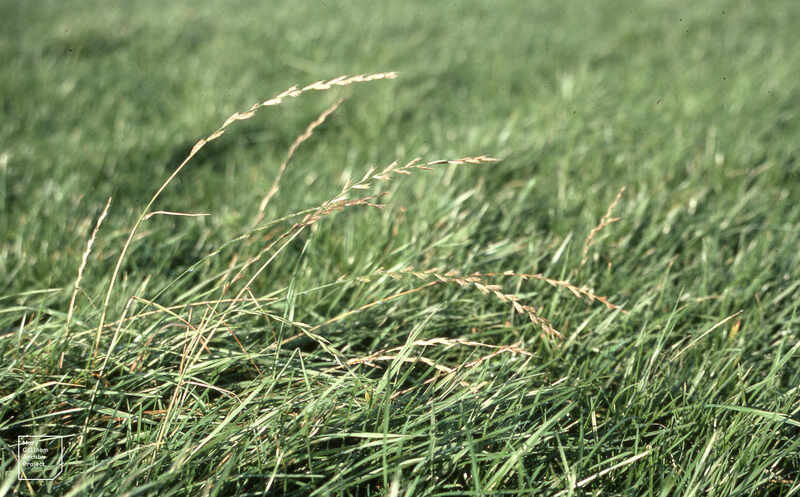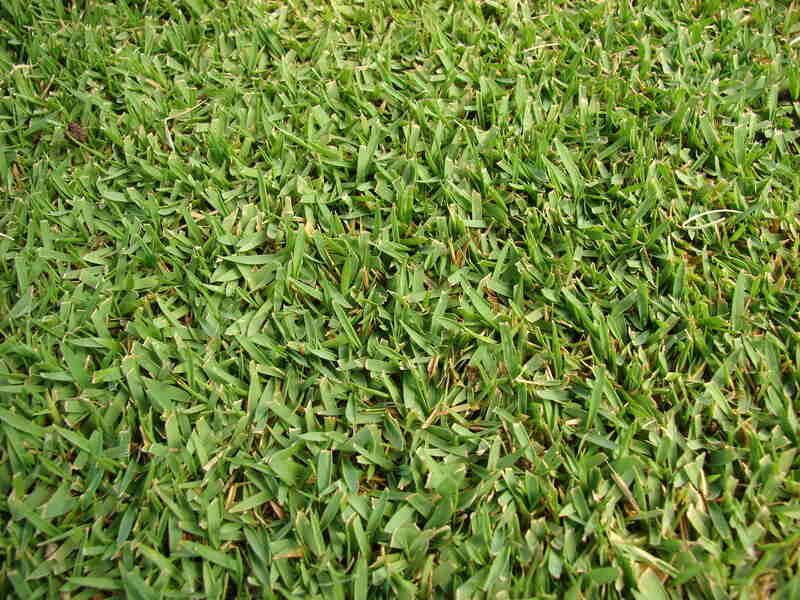5 Best Grass Types for Baltimore
BY AYOOLA AZZAN | MARCH 21ST, 2023 | BALTIMORE, LAWN CARE, MARYLANDMaryland’s unpredictable climate can create challenges for Baltimore homeowners who are trying to grow beautiful lawns. Building a lush, healthy lawn starts with choosing the right grass seed. We’ve compiled a list of grass varieties that best meet the needs of this tricky transition area, because we know it can be difficult to understand.
In this article:
These grass selections thrive in the cool seasons but also tolerate heat, shade, and temperature swings that cause drought.
Tall Fescue

Photo Credit: Ty Haller / Flickr / CC BY 2.0
Tall fescue is the ideal grass for Marylanders who want a lush lawn for as long as possible. It establishes quickly (usually within two weeks) and is among the first grasses to turn green in the spring and one of the last to turn brown in the fall.
Tall fescue doesn’t just resist wear and disease but also tolerates heat, drought, and shade. So you don’t have to worry about care, even in hot summers. The main disadvantage of tall fescue is that it clumps, so reseeding is necessary to maintain a level lawn.
- Classification: Cool-season
- Spread by: Bunch-type of grass, mostly
- Drought tolerance: High
- Foot traffic tolerance: High
- Shade tolerance: Moderate to high
- Maintenance needs: Low
- Recommended mowing height: 2-3 inches
Pros
- Germinates quickly
- Lower maintenance
- Thrive in a variety of soil and climate
- It doesn’t produce much thatch
Cons
- Struggles in severe cold
- Doesn’t do well in full shade
Kentucky Bluegrass

Photo Credit: Ethan2039 / Wikimedia Commons / CC BY-SA 4.0
Kentucky bluegrass is known for its beauty, cold hardiness, and quick recovery. This beautiful, blue-green lawn prefers full sun to light shade and likes fertile, well-drained soil. It also tolerates heavy foot traffic, making it ideal for athletic fields, playgrounds, golf courses, and parks.
While it withstands cold temperatures well, Kentucky bluegrass may struggle in extreme heat and drought due to its shallow roots and will require extra care and irrigation. Its summer upkeep might seem like a lot, but the effort is rewarded with a lush, green lawn.
- Classification: Cool-season grass
- Spread by: Rhizomes
- Drought tolerance: Moderate to high
- Foot traffic tolerance: High
- Shade tolerance: Low
- Maintenance needs: High
- Recommended mowing height: 2-3 inches
Pros
- Aggressive rhizome (it spreads fast)
- Can recover from damage quickly
- Compatible with other types of grass
- Ideal for almost any area
- It’s long-lasting
Cons
- Requires regular maintenance (watering, fertilization, and mowing)
- Prone to damage from weeds, insects, and diseases
- Less heat-tolerant than some other grasses
Fine Fescue
Fine fescue is the grass to choose if your lawn gets a lot of shade or is in areas with trees and bushes. Its distinctive needle-like leaves and spring green color set it apart from tall fescue. Homeowners who only have a little time for lawn care may like fine fescue because it’s low maintenance, meaning it only requires a little watering, fertilizing, or mowing.
Fescue’s suitability for difficult soils like clay is one of its best features for Baltimore homes.
- Classification: Cool-season grass
- Spreads by: Bunch-type of grass
- Drought tolerance: High
- Foot traffic tolerance: Low
- Shade tolerance: High
- Maintenance needs: Low
- Recommended mowing: 2-3 inches
Pros
- Can bear extremely high soil pH and fluctuating temperatures
- Low maintenance needed
- Can be used to overseed a dormant winter lawn
- Recovers quickly from dormancy
- Does well in shade
Cons
- Establishes slowly
- Hard to mow
- Not suitable for constant high-traffic areas
- Can be thatchy
Perennial Ryegrass

Photo Credit: Dr Mary Gillham Archive Project / Flickr / CC BY 2.0
This cool-season grass variety isn’t unique to Baltimore but is common throughout the United States. Perennial ryegrass is a versatile grass, ranging from golf courses to classy green outdoor carpets. It grows quickly but less so than Kentucky bluegrass. Perennial ryegrasses are very heat and drought resistant due to their need for sunlight.
Although perennial ryegrass is usually combined with warm-season grasses and other seed blends, you can occasionally use it alone without problems.
- Classification: Cool-season grass
- Spread by: Bunch-forming
- Drought tolerance: Moderate
- Foot traffic tolerance: Moderate
- Shade tolerance: Moderate to high
- Maintenance needs: Low
- Recommended mowing height: 2-2.5 inches
Pros
- It has a rich-green color
- Germinates quickly
- Can self-repair after damage
- The ground cover it provides prevents erosion
Cons
- Vulnerable to disease and insects
- Requires frequent watering
Zoysiagrass

Photo Credit: Forest & Kim Starr / Wikimedia Commons / CC BY 3.0
Zoysiagrass is among the most cold-tolerant warm-season grasses, but it’s a good alternative in a warmer region like Baltimore when Maryland gets hotter. It spreads by rhizomes (underground stems that take root as it grows) and stolons (above-ground stems that run out), forming a dense ground cover that helps control weeds. With proper establishment and care, zoysiagrass forms a fantastic lawn.
Because zoysiagrass is low maintenance, it doesn’t need to be mowed as often as other warm-season grasses.
- Classification: Warm-season grass
- Spread by: Rhizomes and stolons
- Drought tolerance: Moderate to high
- Foot traffic tolerance: High
- Shade tolerance: Moderate
- Maintenance needs: Low to moderate
- Recommended mowing height: 0.5-1.5 inch
Pros
- Requires little maintenance
- Can remain green during drought
- Grows in a wide variety of soil types
- Tolerates cold
Cons
- Spreads slowly
- Can become thatchy
- Very invasive
FAQ
Lawns that are heavily compacted or thatchy should be aerated at least once a year.
Although there are benefits to fertilizing your lawn, don’t overdo it. Fertilize your lawn four times a year, about 6 to 8 weeks apart, in early spring, late spring, summer, and fall. If the growing season begins early, a fifth application may be required.
As a general rule, lawns shouldn’t be walked on for 24 hours after fertilizing. This also applies to pets.
Need help with your lawn?
Does your lawn have a blend of grasses that aren’t thriving? Contact a professional. Sometimes a tailored strategy is needed because some lawns need more attention than others, and you may not know precisely how to go about it. Turn to Baltimore lawn care professionals to help you care for your lawn differently.
Main Photo Credit: Baltimore Heritage / Flickr / CC0 1.0